It has been 7 years since the ‘incident’. And, we are made aware of its catastrophic effects by the languorous shots of the snow-clad, deserted streets and apartments that bear a haunting forlornness. The light streaming in through the glasses of the abandoned apartments introduces us to Edgar (Oriol Pla), the sole survivor of the apocalypse.
In less than a minute, Lluis Quilez (director) sets rhythm to the narrative using languid visual pace and hauntingly beautiful OST, rendered by Arnau Bataller. Edgar remains the lone survivor in the post-apocalyptic derelicts. His aching loneliness highlighted in the camaraderie he shares with his dog (K.O.) & the articles he picks from his long walks along the detritus. Perhaps an equally important entity in the film is the spray paint that becomes the medium through which Edgar’s loneliness finds a fragile opening to freedom. Whilst Edgar remains convinced that he is the only remnant, he finds means to sustain himself, whilst repeatedly sending messages to the ‘outside world’ using his spray paint. Until one day somebody else uses it.
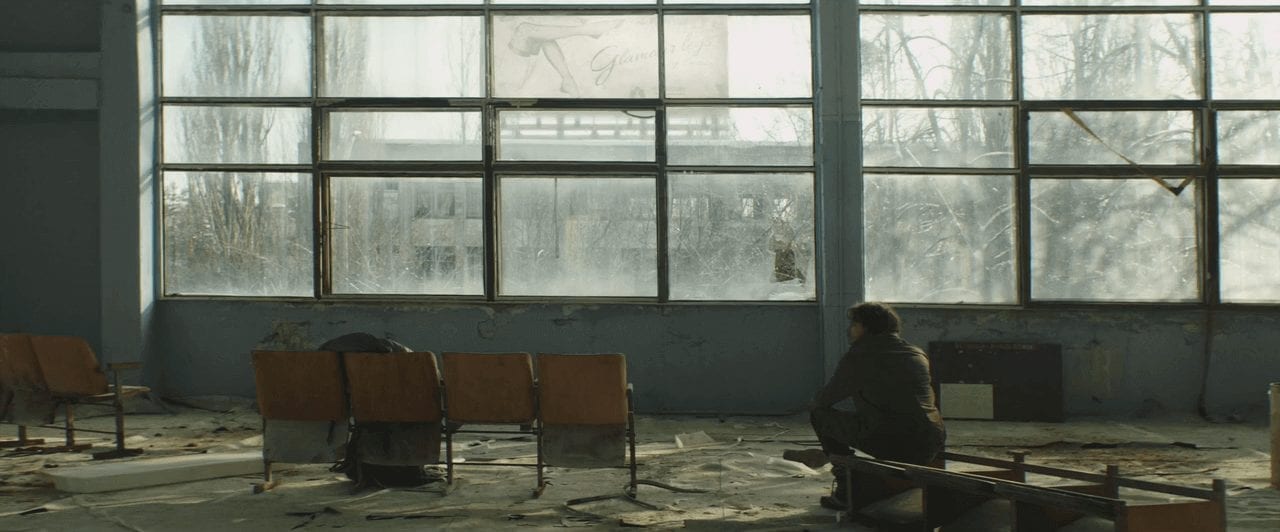
A name scribbled on his wall forms the pivotal turning point to this engaging screenplay by Javier Gullon & Lluiz Quilez. The scribbled name ‘Anna’ becomes the faceless entity who shares Edgar’s loneliness. And, what ensues is a conversation between two strangers, sharing a similar journey. It doesn’t take long to draw the comparisons between the abandoned surroundings of Edgar’s living and the ‘globalized’ generations’ isolated existence. The wall where the graffiti font forms the conversation between the two individuals is much the same to how with the technological advancements conversations have progressed.
Although the setting may seem rather melancholic and foreboding, ‘Graffiti’ at the heart of it, is essentially a love story. As Edgar and Anna’s conversation progresses, so does Edgar’s questioning of life and will to survive as he had imagined it. There is a familiarity to the conversation that is hard to miss and we see two individuals who form a world of their own in a forgotten time, slowly opening up to each other. Their thoughts, feelings and ideas finding a voice in the graffiti; we sense their intimacy, their growing attachment that is bound to have only one destination.
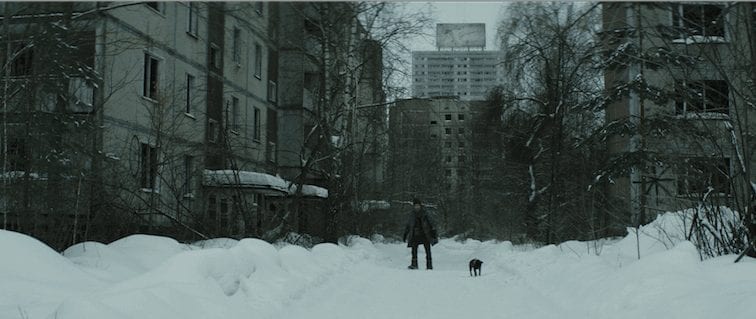
As the inevitable closes in, we see the hope and the despair, the crumbling strength and the silent prayer, as the two survivors wait for their union. But, when, instead of each other, it is the helicopter that finds one of them, what choice are they left with? To what extent is one willing to go for love?
‘Graffiti’ comes with a serene screenplay & editing (Jaume Marti & Jose Luis Romeu) that not only questions the viewers but also provides the answers within those questions. It is a simple tale of love that is both universal and restricted in its telling. It is pandemic in its appeal and beautiful in its conceptualization. Quilez prods your thinking and touches your soul in this spectacular display of light that shines not only on the graffiti on the wall but also your mind!


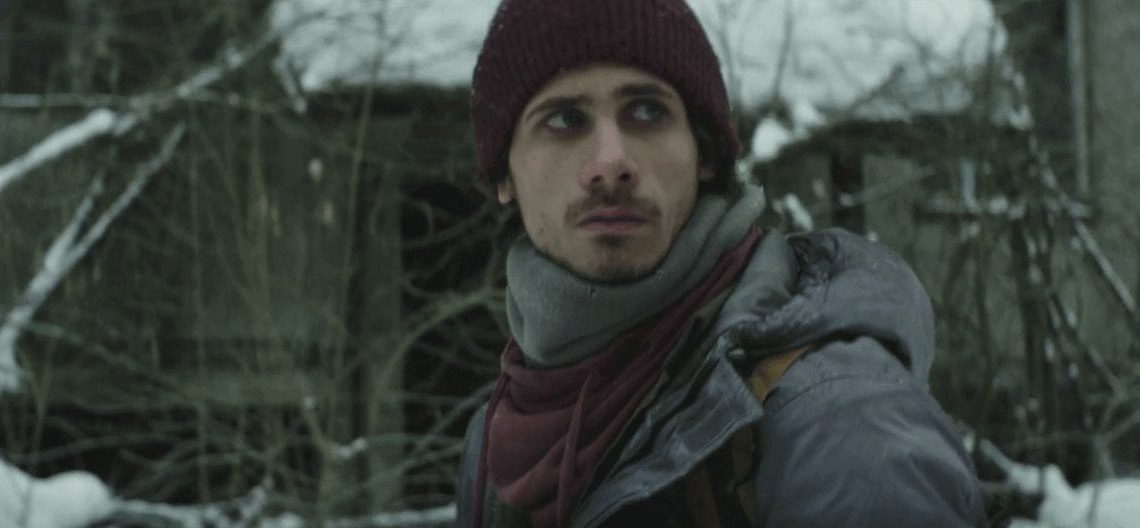
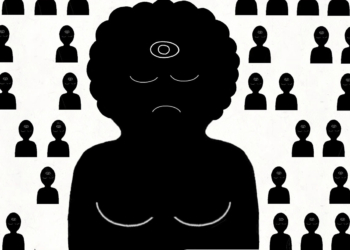
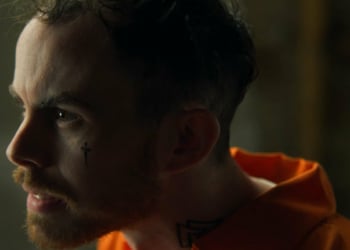











Comments 0